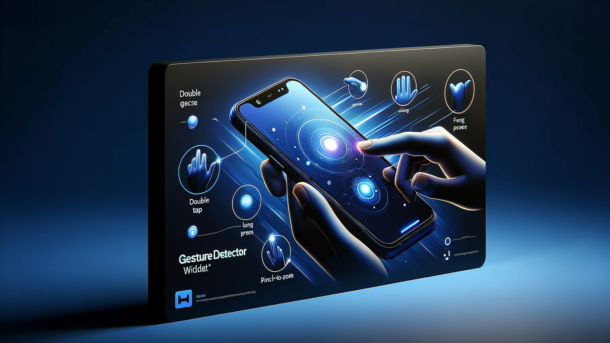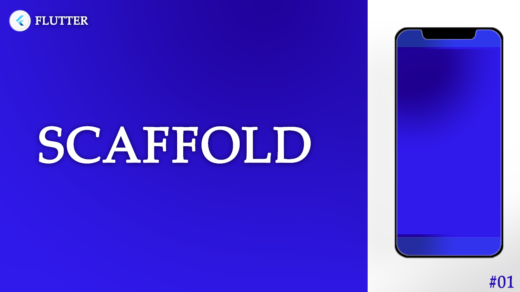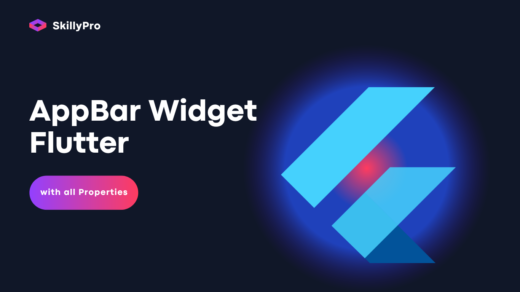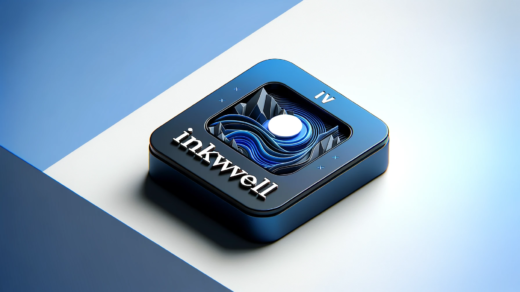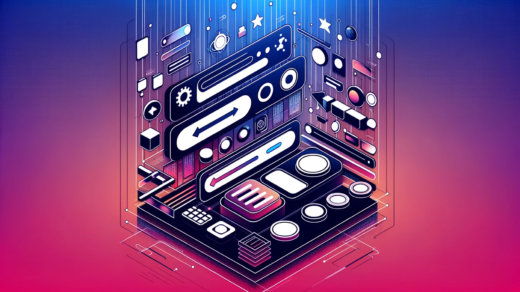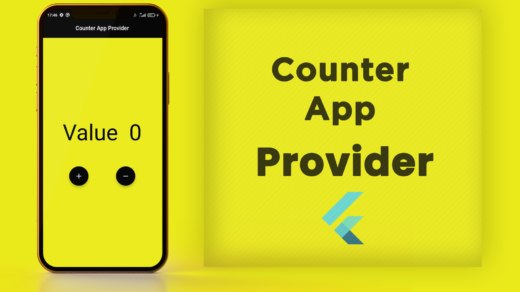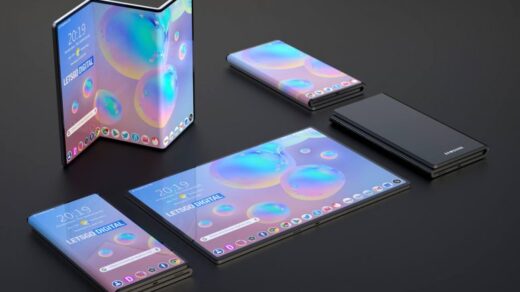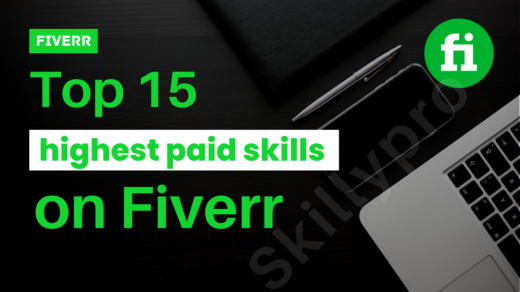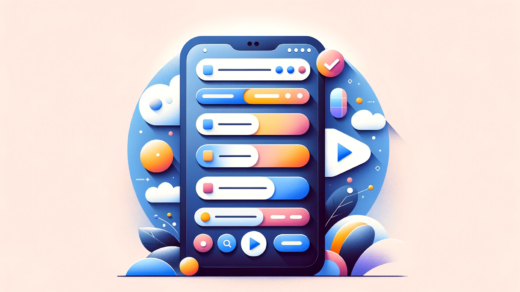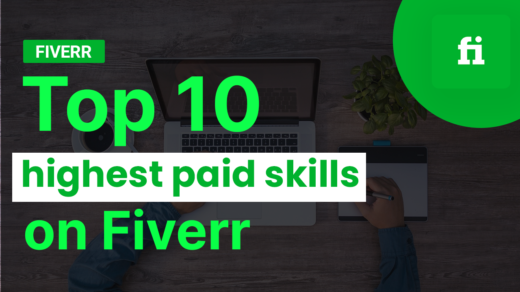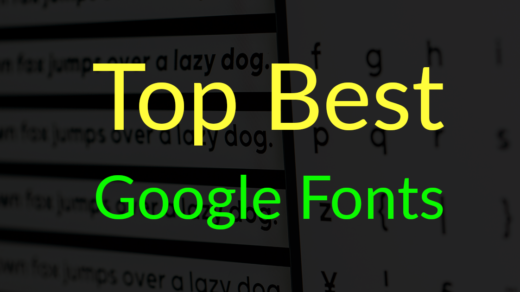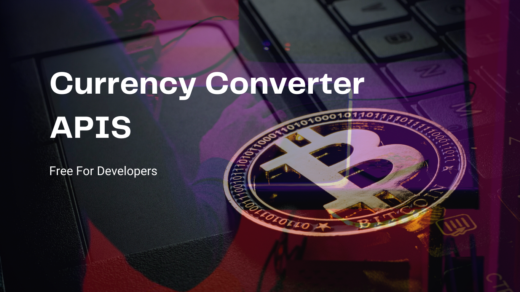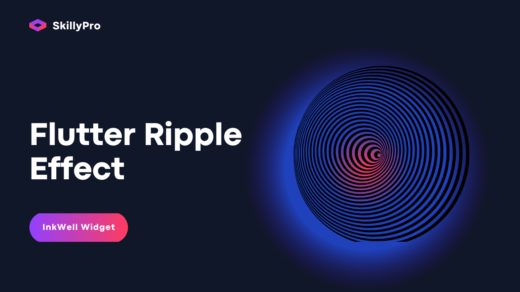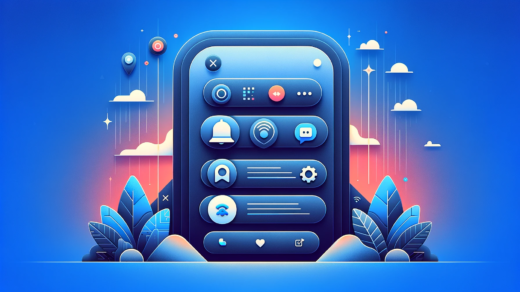Flutter has taken the app development world by storm, owing to its simplicity and the rich set of widgets it offers. Amongst these widgets, GestureDetector is a versatile and essential tool in the Flutter widget library. It helps in making the app interactive by detecting gestures made by the user. Whether you are swiping, dragging, tapping, or pinching, the GestureDetector widget works behind the scenes to make your app respond in a meaningful way. Let’s dive into the details of GestureDetector and how it can transform the user experience of your Flutter application.
What is GestureDetector Widget?
GestureDetector is a widget that detects various gestures and provides callbacks for handling them. It does not have a visual representation but instead wraps around the child widget you want to be interactive. When the user performs a specific action that the GestureDetector is listening to, it will execute the appropriate callback function.
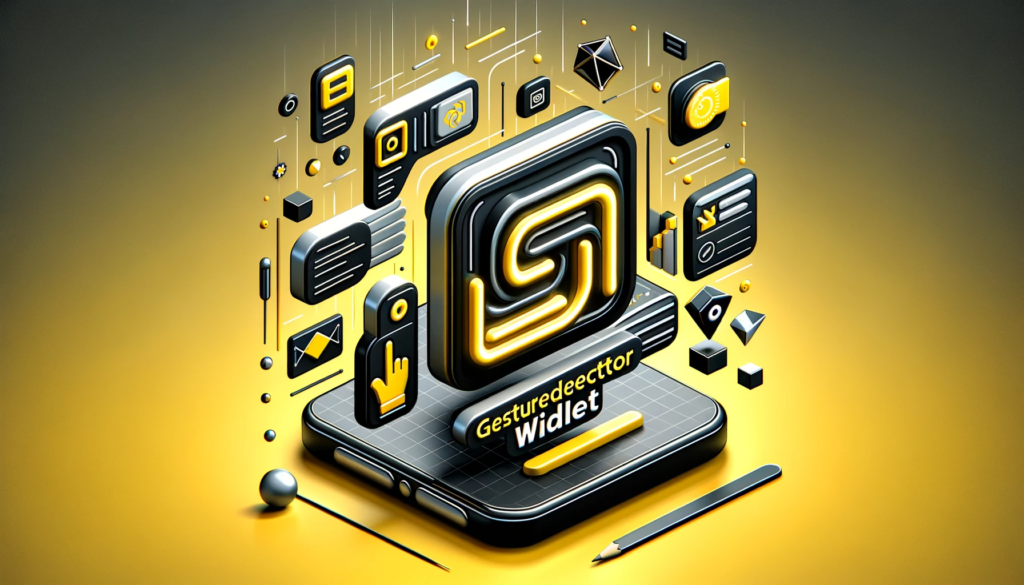
Why Use GestureDetector Widget?
In the realm of modern applications, user interaction is not limited to just tapping on the screen. Swipes drags, and long presses are common, and these are the interactions that GestureDetector can recognize and respond to. Using GestureDetector, developers can provide a more intuitive and natural user experience.
Implementing GestureDetector Widget
Here’s a simple example of how to use GestureDetector:
GestureDetector(
onTap: () {
print('The widget was tapped');
},
child: Container(
color: Colors.blue,
child: Text('Tap Me'),
),
),In this example, whenever the user taps on the text ‘Tap Me’, the console will print a message. You can replace the print statement with any function to perform after the tap.
Customizing GestureDetector Widget
GestureDetector offers a variety of callbacks for different gestures:
- onTap: When the screen is briefly touched.
- onDoubleTap: When the screen is touched twice in quick succession.
- onLongPress: When the touch is held on the screen for a long duration.
- onPanUpdate: When a dragging motion is detected.
- onScaleStart, onScaleUpdate, onScaleEnd: For pinch to zoom gestures.
onDoubleTap Example
This triggers when the user has tapped the screen twice in quick succession:
GestureDetector(
onDoubleTap: () {
print('The widget was tapped twice in quick succession');
},
child: Container(
color: Colors.green,
width: 100,
height: 100,
child: Center(child: Text('Double Tap Me')),
),
),onLongPress Example
This triggers when the user presses the widget for a long duration:
GestureDetector(
onLongPress: () {
print('The widget was long-pressed');
},
child: Container(
color: Colors.red,
width: 100,
height: 100,
child: Center(child: Text('Long Press Me')),
),
),onPanUpdate Example
This triggers the movement of a pan gesture:
GestureDetector(
onPanUpdate: (DragUpdateDetails details) {
// You can use details.localPosition or details.globalPosition
print('The widget was dragged in the direction: ${details.delta}');
},
child: Container(
color: Colors.yellow,
width: 100,
height: 100,
child: Center(child: Text('Drag Me')),
),
),onScaleStart, onScaleUpdate, and onScaleEnd Example
These callbacks are used for pinch-to-zoom gestures:
GestureDetector(
onScaleStart: (ScaleStartDetails details) {
print('Scaling has started with focal point at: ${details.localFocalPoint}');
},
onScaleUpdate: (ScaleUpdateDetails details) {
// Scale factor gives you the amount of scale
print('Scaling is ongoing, Scale: ${details.scale}');
},
onScaleEnd: (ScaleEndDetails details) {
print('Scaling has ended');
},
child: Container(
color: Colors.blueAccent,
width: 100,
height: 100,
child: Center(child: Text('Pinch Me')),
),
),In the above onScaleUpdate example, details.scale provides the scale factor, where 1.0 represents the original size, less than 1.0 represents a pinch inwards, and greater than 1.0 represents a pinch outwards. This details.localFocalPoint gives the focal point of the two fingers on the screen which can be used to determine the center point of the scaling operation.
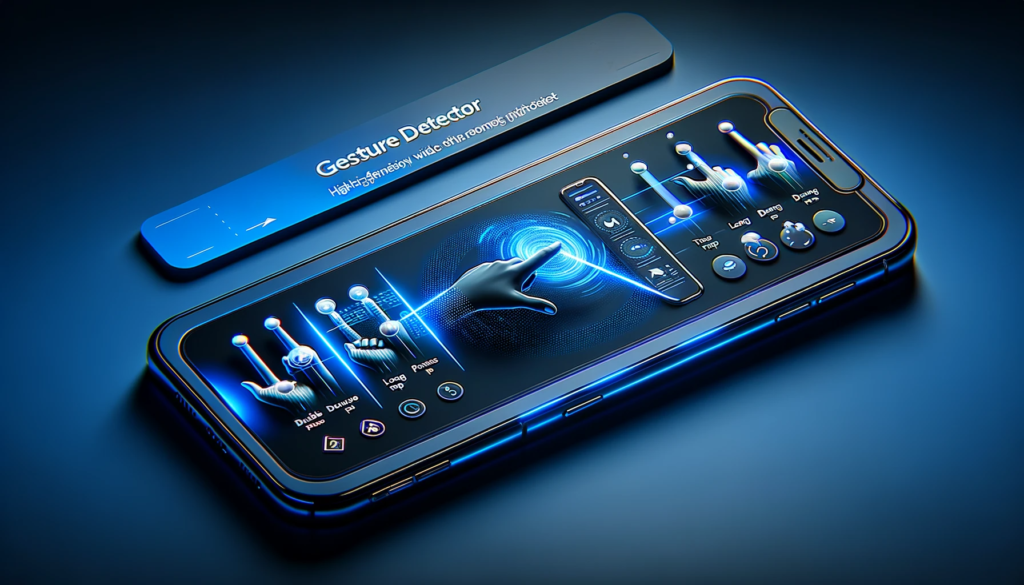
Best Practices
- Use Feedback: Always provide some form of feedback when the user interacts with the GestureDetector. It can be a visual change, sound, or vibration.
- Consider the Area: Ensure that the GestureDetector wraps a widget that is large enough to easily interact with, following the Material Design guidelines of at least 48x48dp for touch targets.
- Nested Gestures: Be cautious when nesting Gesture Detectors as it can lead to complex and unintended behaviors. Always test nested gestures thoroughly.
Common Issues and Solutions
- Gestures Not Recognized: This can happen if GestureDetector is wrapped around a widget that is already responding to touch events. To solve this, you can use the behavior property of GestureDetector to specify how it should behave in the presence of other event handlers.
- Conflicting Gestures: When you have multiple Gesture detectors close to each other, you may find conflicts in gesture recognition. This is where the ‘onHorizontalDragUpdate’ and ‘onVerticalDragUpdate’ properties can help distinguish the direction of a drag gesture.
Conclusion
The GestureDetector widget is an invaluable tool in the Flutter toolkit that lets developers create a smooth and natural user experience by recognizing and responding to a wide range of gestures. It’s all about providing users with an intuitive way to interact with the application, bringing the user interface to life.
Through the correct use of GestureDetector, you can ensure that your Flutter application not only looks good but feels good to use. Embrace the power of gestures and watch your user engagement soar!
Read More:
Mastering User Interaction in Flutter: The InkWell Widget
Mastering the Flutter AppBar: Enhancing User Navigation
ListTile Widget: A Deep Dive into Flutter ListTile Widget
Flexibility: The Flutter Wrap Widget Unwrapped
Mastering the Flutter Row Widget: A Comprehensive Guide
Understanding the Flutter Column Widget: A Comprehensive Guide
Master Flutter ListView Widgets: A Step-by-Step Visual Guide

